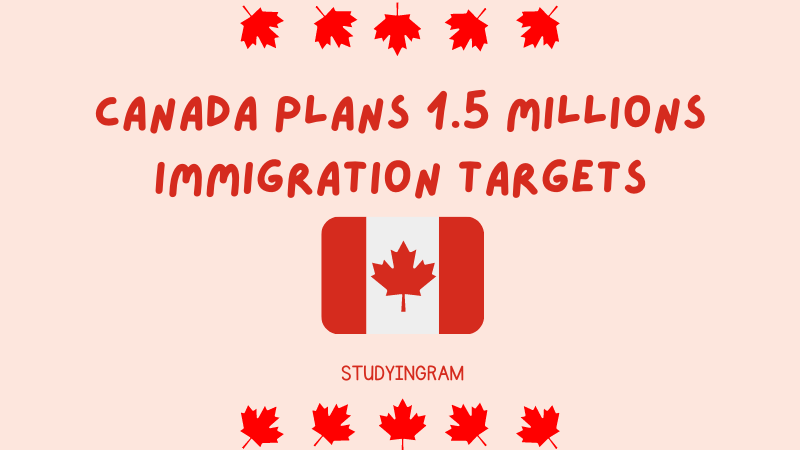
Canada plans to welcome a record 500,000 new permanent residents in 2025 and has boosted its targets over the next two years as the country looks to ramp up arrivals to address an acute labour shortage, Immigration Minister Sean Fraser said on Tuesday.
Canada now expects to welcome 465,000 new permanent residents in 2023, up 4% from a previous target, and 485,000 in 2024, up 7.5%.
“This year’s immigration levels plan will help businesses find the workers they need,” said Fraser in a statement.
He added the new targets would also allow Canada to fulfil commitments to help those fleeing violence and war in their home countries. Canada is projected to reduce the number of government-assisted refugees it resettles by about a third, from 23,550 in 2023 to 15,250 in 2025.
Prime Minister Justin Trudeau has sharply ramped up immigration since taking power in 2015. The country is on track to surpass its target of roughly 431,000 newcomers this year.
Canada is struggling with an acute shortage of workers, particularly in skilled trades and industries like healthcare. The most recent job vacancy data showed there were 958,500 open roles in Canada in August and 1.0 million unemployed people.
Many of the unemployed do not have the skills, or do not live in the right areas of the country, to fill those open positions.
The new targets will boost the number of economic immigrants by about 13% between 2023 and 2025, with steep increases in relatively small regional programs that help funnel people to provinces and regions outside major urban centres.
APPLY CANADA IMMIGRATION
WHAT ARE THE PRE-REQUIREMENTS FOR MIGRATION?
Those who will apply for immigration to Canada should not have criminal records, if any, these records should be deleted by legal means, should not have health barriers, and should not be involved in activities that would endanger Canada’s security. In addition, a minimum level of success in a test administered by KVGK in one of the English or French languages is among the prerequisites.
The Canadian State, which has a federative political structure, consists of 10 provinces and 3 territories. Canada’s legal regulations regarding immigration are gathered under the umbrella of the Canadian Federal Government (KFH). However, all regions and states of KFH have independent immigration agreements.
Within the framework of these agreements, each state and region has developed immigration categories for occupational groups in different sectors in line with the needs of its own economy. Canada’s immigration system is divided into two main groups:
· Immigration categories
· Refugees
Those who want to immigrate to Canada should review the immigration types on the country’s official website and apply accordingly.